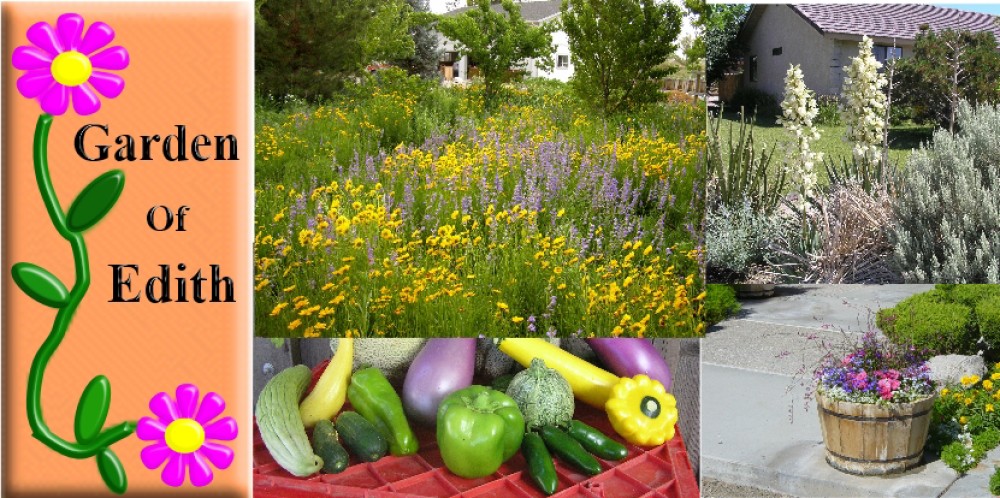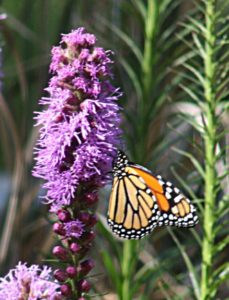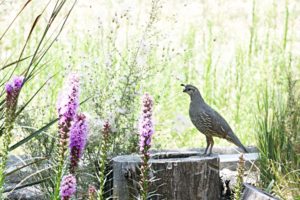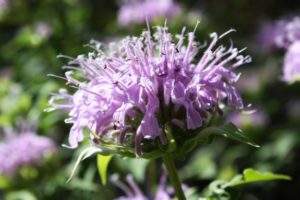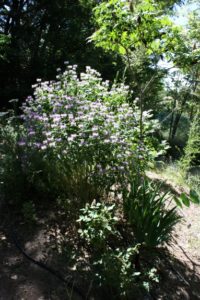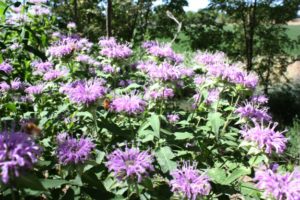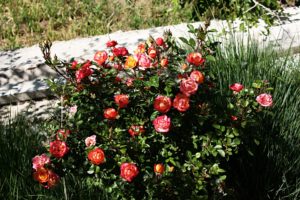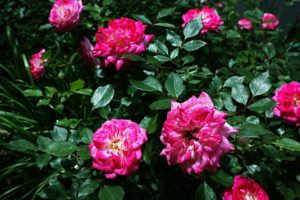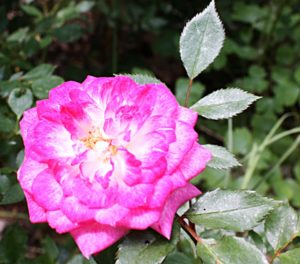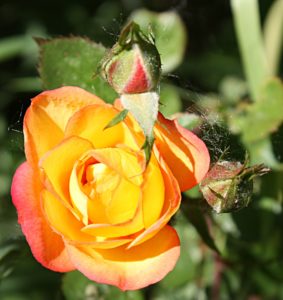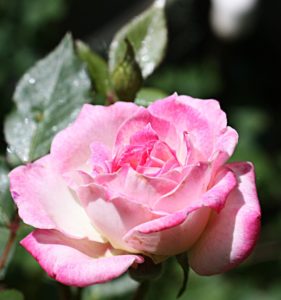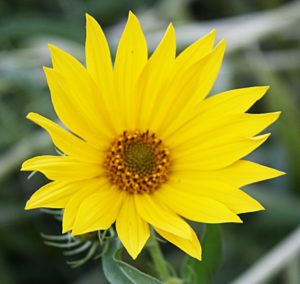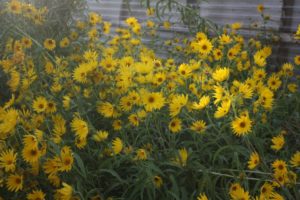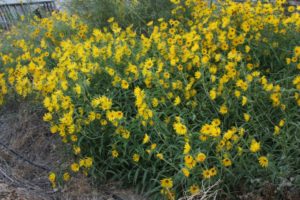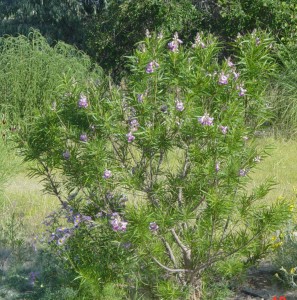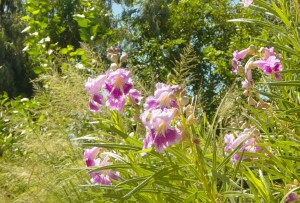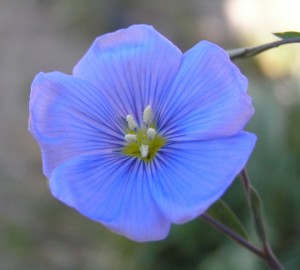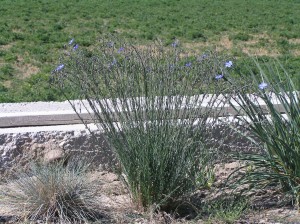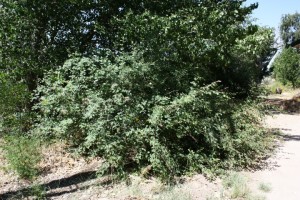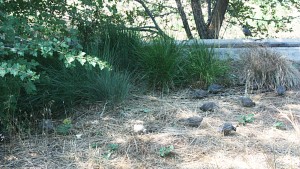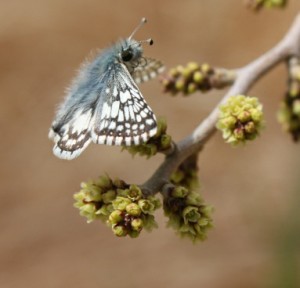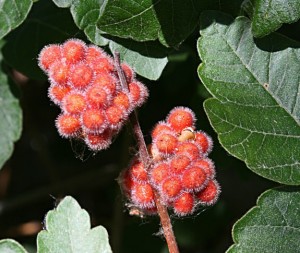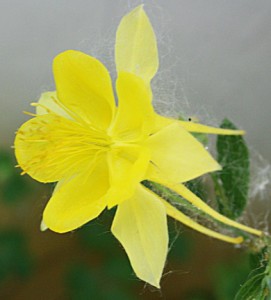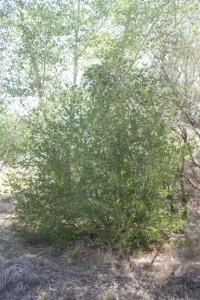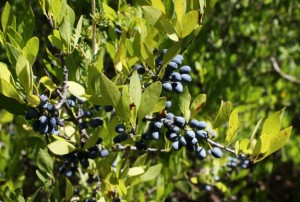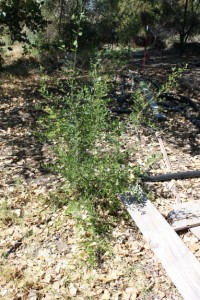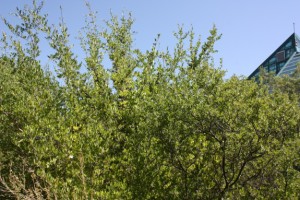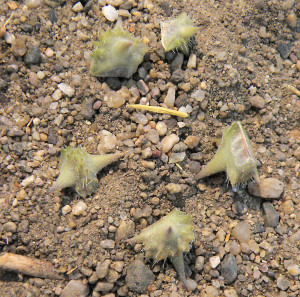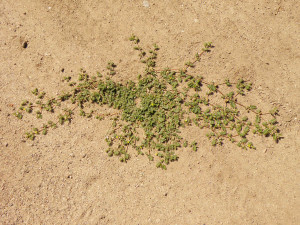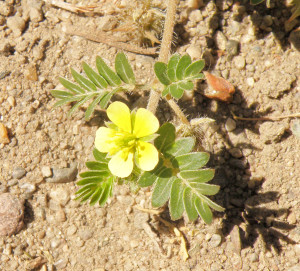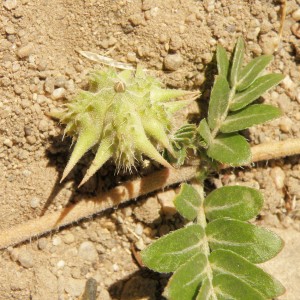I was looking for bulbs that bloomed in the summer and were deer and rabbit resistant.
I loved my lilies, which grow well here in my desert garden. Unfortunately, the deer and rabbits love lilies too and my most recently planted ones had been so chewed on that only the stems remained. I came across Liatris in a catalog of bulbs and the description said it was deer and rodent resistant. Therefore, I decided to try them. I am glad I did because the birds and butterflies love them and the plants appear to be thriving with no damage from deer or rabbits.
What is Liatris?
Liatris, also known as Blazing star or Gayfeather, is a perennial flower native to the continental United States. There are several species of Liatris but the one most available from companies that sell bulbs is Liatris spicata, a native to the eastern half of the country. Bulb companies sell it because it reemerges every spring from a corm.
In late spring, grass-like foliage starts to emerge from the underground corm. From this rosette of grass-like leaves, a stalk shoots up to between 18″ and 24″. All along this stalk are buds that start opening from the top about midsummer and progress toward the base of the stalk as the season progresses.
Best conditions for Liatris
In spite of my desert garden being so different from the native range of Liatris spicata, it is thriving. It appears Liatris spicata tolerates a wide range of soil pH, soil text, sun exposure and humidity. My Liatris is on the west face of my garden with afternoon sun
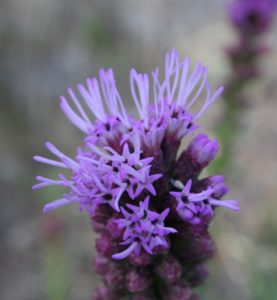
Liatris is a member of the Asteraceae. It produces a stalk of flowers that start opening from the top of the stalk and the last flowers to open are the ones closest to the base of the plant.
and the soil is alkaline and well drained. The flower bed I planted my Liatris in gets waters every other day with micro sprinklers for about an hour.
The sun exposure in this bed is morning shade, mid-day filtered sun, and afternoon direct sun. In spite of the sun exposure being during the hottest, driest part of the day, my Liatris is about 18″ tall and very stiff. Birds, bees, hummingbirds, and quail visit daily in the morning hours when the temperatures are still relatively pleasant. Our daytime highs have hovered around 100°F almost every day and it has been very dry.
I know that if I did not water my Liatris regularly it would die in my extremely dry climate but other than that, the fact that my soil dries out regularly, has resulted in sturdy stalks and plants that are very attractive to birds, bees, and butterflies.
How do you plant it and care for it?
Starting Liatris in your garden is achievable from seeds or corms. I recommend, if you
want a guaranteed display of Liatris flowers, that you plant corms in spring. Liatris seeds germinate slowly and plants started from seed will not flower for at least two years.
There are several species of Liatris and I do not necessarily recommend Liatris spicata over the others for desert gardens like mine. In fact, Liatris punctata is native to regions of the country that are drier than where Liatris spicata grow native. If you can get Liatris punctata, you should try it in your desert garden. The reason I used Liatris spicata is that it is more readily available in the convention gardening market. Many companies selling bulbs will have it available.
Plant Liatris corms 2″ to 4″ apart in the flowerbed at a depth three times the diameter of the bulb. Water the flower bed regularly and then just watch as first leaves, then stalks emerge, and finally, flowers open. This flower needs little or no care even in your desert garden. Just make sure it gets regular water in soil with good drainage and allow the surface of the soil to dry out between watering.
Then sit back and watch the birds and butterflies as the flowers emerge and mature. The show is very entertaining.
